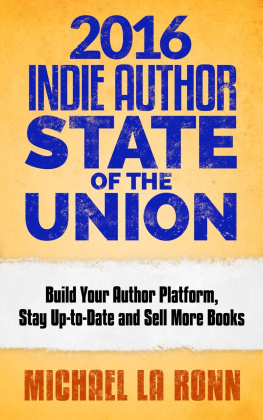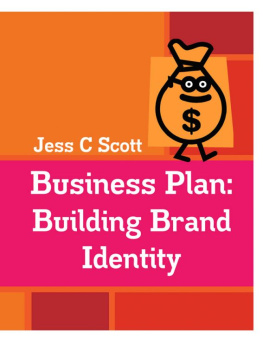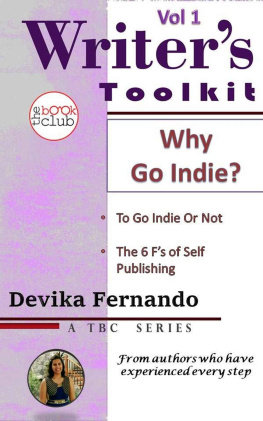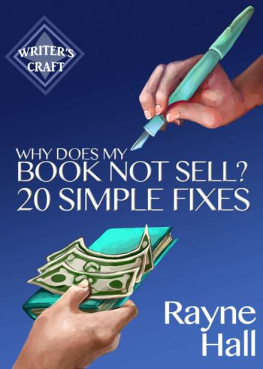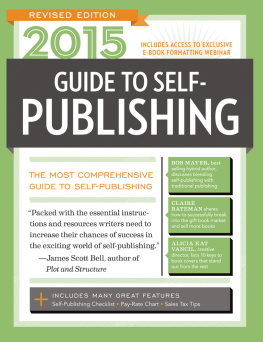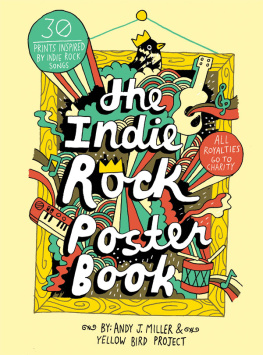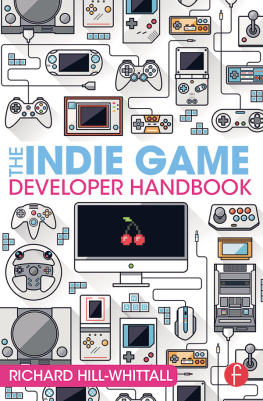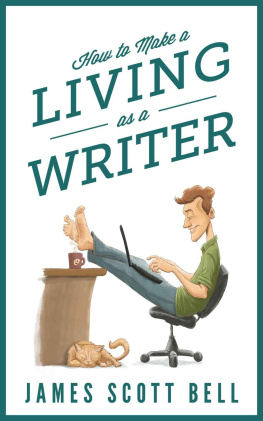TRADITIONAL PUBLISHING
vs
INDIE PUBLISHING:
What to Expect
by
Pamela Beason
All mistakes and opinions included in this booklet are the sole responsibility of the author.
Copyright 2015, 2018, 2019 Pamela Beason
http://pamelabeason.com
Cover design by Christine Savoie
WildWing Press
3301 Brandywine Ct
Bellingham, WA 98226
Contents
A s an author, I find that other authors can be my best supportive friends or my worst enemies. There has always been some competition between authors, but in recent years, theres been a lot of trash talk pitting traditional authors against indies. Both systems have advantages and disadvantages, and theres way too much spin from both sides to paint themselves as the winners in the publishing game. We need a lot more honesty and straight talk in this business.
I often give talks on this topic because I am a hybrid author, having published using both routes. Years ago, my how-to books were published by Scott Foresman, Bantam, and John Wiley & Sons. More recently, my first three Summer Sam Westin mysteries were published by Berkley Prime Crime, a division of Penguin, but I later asked for my rights back and published them, and a dozen more books, through WildWing Press, my business name.
For the sake of simplicity, I am going to call self-publishing indie publishing here, although some people use the word indie to also refer to small presses and independent bookstores.
I still constantly investigate both routes to try to determine which is best for the books I want to publish. The rules of the publishing game seem to change by the hour, and its hard to keep up with whats going on everywhere. Theres way too little straight talk about either traditional publishing or indie publishing, and thats why I want to share. Either route is a lot of work for an author, but each has its own advantages and disadvantages, and I will talk honestly about what you can expect from a traditional publisher and what youll be expected to do as an indie author.
The competition in the traditional publishing world has always been fiercethe number of new titles published each year (especially those from new authors) is small, and shelf space in bookstores is limited. So in the past, a wannabe authors chance of being published was very, very small. Now, the advent and ease of self-publishing has opened up exciting new possibilities for authors, but it also means theres much more competition for readership. A survey from Bowkera company that specializes in self-publishing statistics on sites like Createspace, Smashwords, and Lulu reported that from 2008 to 2013 alone, the number of self-published books rose 1000 percent. The increase in titles is even greater these days. I just checked the list on Amazonin the last 90 days, there have been 346 new releases of Kindle e-books! And those are just the new releases; there are now millions of books available online.
How does an author survive in this environment? Is traditional publishing a better bet, or indie publishing? Thats what this little booklet is all about. I will discuss the steps in both processes, but I am not going to teach you how to complete the steps in the processeach one could be a whole book on its own. I dont intend to complain about anything or persuade anyone to take one road or another; I am only going to honestly talk about my own experiences, as well as the experiences of other authors I know. But publishers participation and authors writing skills and promotional talents differ, so please know that each authors experience with publishing may vary.
Ive divided up this discussion into the various phases of publishing, and within each chapter I will discuss what traditional publishers do and what indie publishers/authors must do.
Chapter 1:
Writing and Rewriting
Y ou already know that nobody is going to help you with the initial writing of your book, unless its your critique partners. The basic rule these days iswhether you are aiming to try for a traditional publisher contract or publish on your own, your manuscript should be as near perfect as you can make it before you send it to anyone or set it free into the world of readers.
Traditional Publishing
In my experience and that of my colleagues, most publishing houses no longer have developmental editors, those wonderful characters you see on television who help authors whip a novel into shape. I suspect that many of todays acquisitions editors were originally developmental editors, but nowadays all youre going to get from them is a Yes or No on acquiring your manuscript. This means that your manuscript better be as close to perfect as you can make it when you submit it. Editors are generally not interested in improving your work, and you will not get a second chance. In a few rare cases, you might receive a comment along the lines of If you would change x and resubmit, we might consider this for publication.
Now you might get excited about that last statement, and I certainly have in the past when it happened to me. But consider the time you need to make the changes and resubmit, and keep in mind that the publisher has not actually promised you anything. This has happened to me twiceonce, by the time I made the changes and resubmitted, the editor had moved to a different house and nobody else on the staff was interested in my story. In the second instance, after two rounds of rewrites and six months of back-and-forth, the publisher still didnt like my changes enough to offer a contract. So over the years, I have learned not to make changes unless a) the suggestion is a good one that would improve the story, or b) the change is minor and wont take me long to do it and I really want to sell to that publisher. Otherwise, making changes before you have a contract in hand may be a major waste of your time.
Backing up another step, you may need to land an agent before you can submit a manuscript to many of the publishers youd like to approach. Please know that there are no requirements to earn the title of agent; anyone can attach that job description to their name. There are whole books on how to find and contract with agents; Im not going to go into all that here, but I would recommend subscribing to Publishers Marketplace online for a few months and reading the announcements of deals to get an idea of who is selling what to whom. Thats how I found my agent, who is not a big name but was the first to answer my questions reasonably, offered a sane contract, and seemed to work hard on my behalf. Always ask questions about what the agent will do to sell your book, how he/she will communicate with you, and make sure that you do not promise all future books to that agent and that you can break off the relationship whenever you want.
Next page



